Stress factors for aquarium fish
Stress is the body's reaction to various types of experiences and events, most often of an unpleasant ones. Stress can be either mobilizing or depressing but extremely stressful situation can have a huge and disastrous impact on our health.
How do fish react to stress? Can they feel it at all? And if the answer sounds 'yes', how to recognize and counteract it? In this article, you are going to find answers for those questions. It will not only help you notice some problems and symptoms among your aquarium fish but also to counteract these issues.
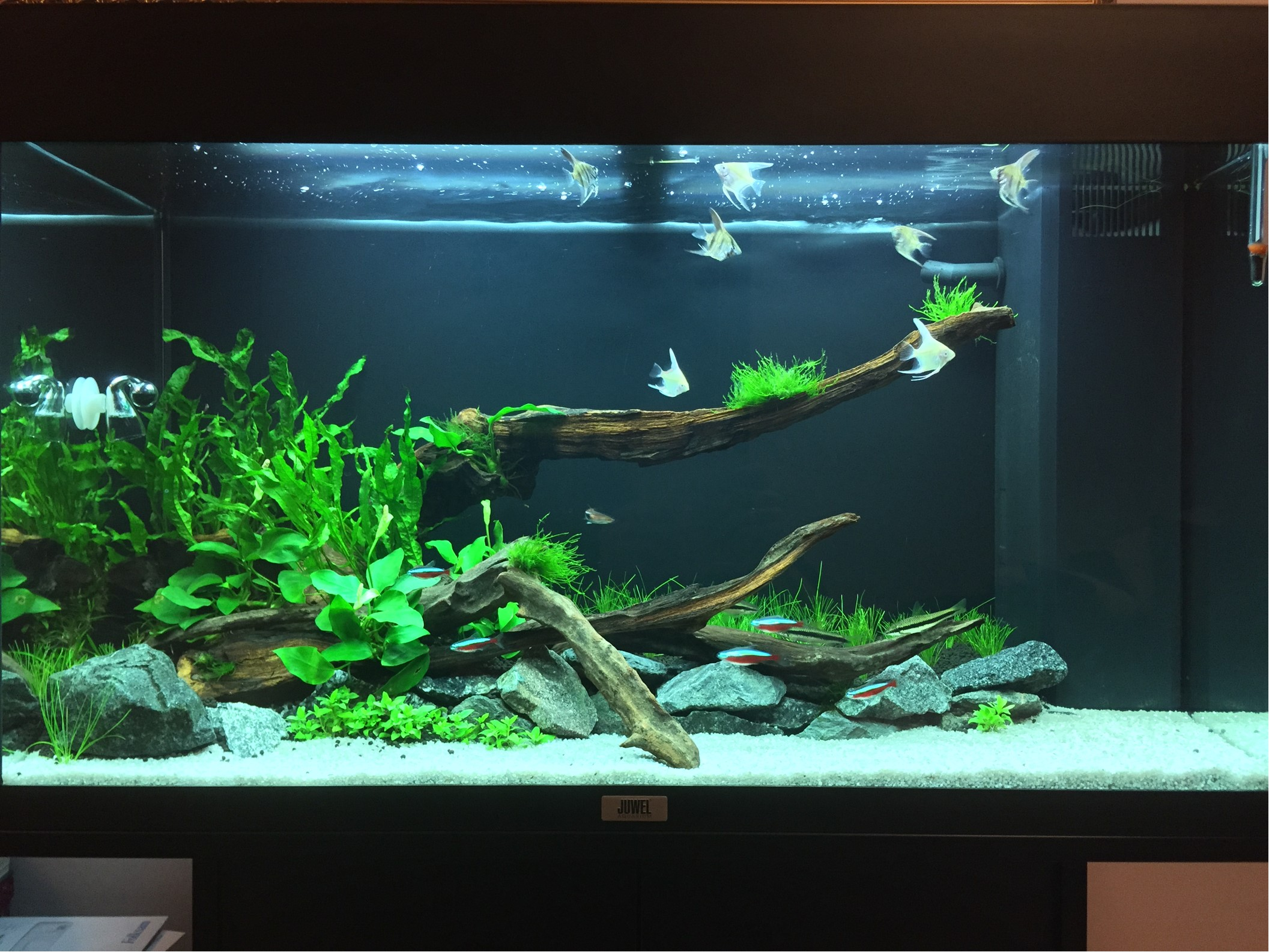
Causes of stress
There are many different factors that can be causes of stress and we are going to divide them into groups:
Transport
The first group of factors consists of those related to the transportation process from one fish tank to another one. It can occur while purchasing fish or moving fish to our new tank. Most fish are shipped from the pet store in a plastic bag. It isn't such a problem if the journey takes a few minutes. As the time passes, the worse the situation gets because too small plastic bag can heat or cool down quite fast. Sudden water temperature fluctuations can result in acute stress in fish. The situation in the transport can intensify because of:
-
violent bumps- imagine yourself being closed inside a car that is rolling or in the middle of an earthquake.
-
too intense light.
-
music- especially low tunes that vibrate the entire car.
-
transporting sick fish and other fish together.
-
transporting your pet fish with elements of decorations, rocks or plants- these things can easily squash or disturb your fish.
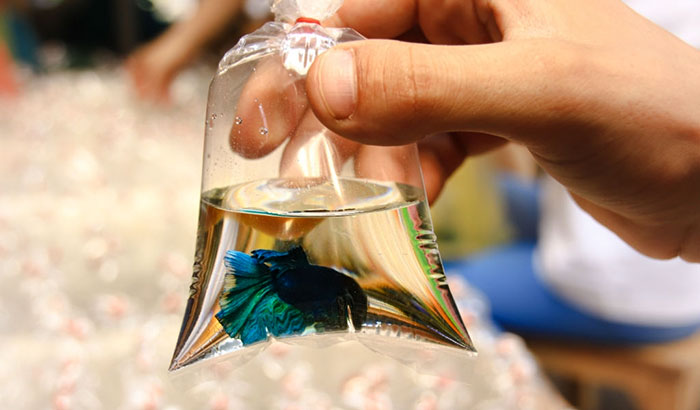
New aquarium
After transporting, your fish are exposed to severe stress according to the difference in water quality. They should be quarantined before being added to the new aquarium until the water parameters reach the beneficial level. Poor water quality results in stressed out fish. Other factors that can intensify the significant stress during the relocation are:
-
the biological filter is not fully mature and the ammonia and nitrate levels are high- these conditions could cause possibly fatal diseases. It is crucial to do the water test and measure the water chemistry.
-
new fish are introduced to the aquarium fish that attack or bully them- being chased all the time or biten can lead to chronic stress in fish not to mention that they can end up in their mouths. Try to match fish species responsibly.
-
the aquarium is decorated in a wrong way, some fish need hiding places and some fish need more space to 'speed-up' without much vegetation. Read about the conditions that are suitable for particular fish species.
-
The aquarium is located in an inappropriate place with too much or too less light or close to the devices that emit light, sounds or any kind of electromagnetic field.
-
too many fish- they usually need more space to live in. They are not used to live in such a small tank.
-
poor nutrition that does not deliver necessary compounds and proteins thus aquarium fish do not feel comfortable.
-
Low oxygen levels, inappropriate water hardness.
-
TOo small aquarium- not enough room or a bowl as a tank.
Experiencing significant stress because of external factors
There's no telling that once you introduce your fish to the aquarium and fulfill the chores that are mentioned above, your fish will have a stress free life. There are several stress factors that can occur during their lifetime including external influences.
First of all, if you belong to the happy group of aquarium owners and want to show off your hobby whenever you have visitors, remember that these are not toys. Of course you don't have to fully cover your aquarium or move it away. Who does not want to get compliments? Some aquariums can be a true work of art. But do not let our guests knock on the glass or put their dirty or soapy hands inside the tank water. Even small amount of the chemical trace can cause sudden changes in the water chemistry. Your stressed fish will probably move (this why people do that) but not with excitement. They will be confused and try to look for a place to swim away. This kind of a human behavior is unacceptable and you should inform about it before presenting the aquarium, especially to the juveniles. It can be an interesting and eye-opening lesson for kids that do not have their own pets.
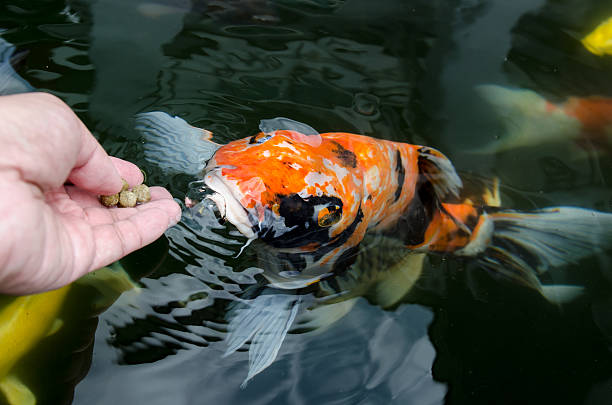
Secondly, it often happens that fish keepers also have other pets like dogs or cats. When it comes to dogs, it is easier because usually giving the aquarium somewhere higher solves the problem. Dogs can't reach fish, fish keep being happy.
But anyone who has cats knows it's not that simple. If the cat wishes to have fish for dinner, it will find the way to get there. An aquarium cover can be a solution to this problem. Try to buy as tight and heavy as it is possible. If a lid is not for you, you may always try to have the room locked.
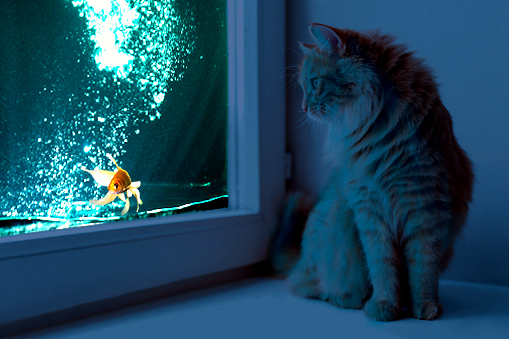
How can a fish tell us that it is stressed?
We have to keep in mind that fish can't speak but if we thoroughly watch our pet fish, we will be able to notice any signs of stress in fish in time. It is not always obvious that they stress so it is extremely important to distinguish what behavior is normal for them and which one is not. Good indicator is a sudden change in their swimming style or appearance. These can be examples of fish stress:
-
swimming frantically
-
odd swimming patterns
-
fish's gills move rapidly
-
fish gasping at water surface- a sign of stress brought by poor water conditions, most fish signal a lack of oxygen.
-
sudden changes in fish's body color
Fish can also get a disease, a parasite (it can be noticed by white spots) or a bacterial infection (red spots on fins that can lead to fin rot).
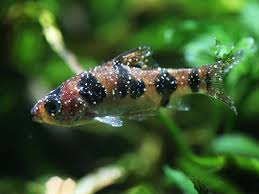
Summary
If you remember about things that were mentioned before, especially about the diet, intruders and the location, it will help to keep your fish healthy. The best way to minimize fish stress is to keep your tank as stable as possible. To maintain the right water conditions is to perform regular water changes (read more about water changes here). Having done that, test your water and set properly your aquarium devices: a heater to achieve the right temperature, CO2 injection kit to get carbon dioxide level beneficial for plants and not harmful for fish (below 30 ppm) and filter media to remove debris from your tank water. Remember that every change can be risky without relevant knowledge. Some fish can't live with others because of their aggressive nature or different water conditions that they need.



